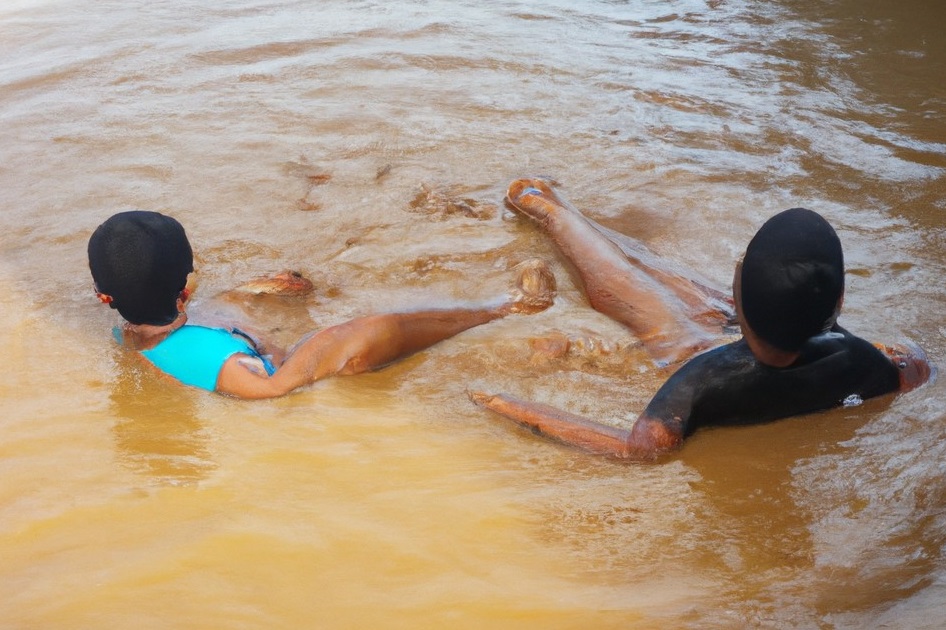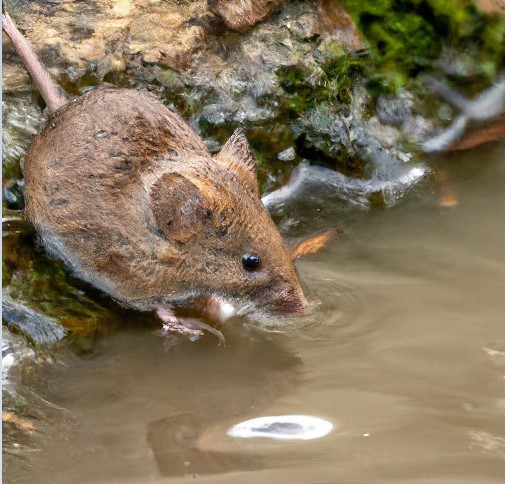La traduzionein lingua inglese del racconto è stata elaborata interattivamente
con l'ausilio di ChatGPT,
nell'ambito del Progetto di Ricerca Corrente del Ministero della Salute "Micro Epidemic One Health" [IZS UM 04/20 RC]
Questo allegato è parte del lavoro: "Caso di studio sull'applicazione dell'Intelligenza Artificiale (AI) alla Medicina Narrativa
per la scrittura di una flash fiction sulla Leptospirosi nell'ambito del Progetto "Storie di Zoonosi" [Ver. 1.0]
di Raoul Ciappelloni, Maria Luisa Marenzoni, Silva Costarelli. Sanità Pubblica Veterinaria n. 136, 2023
nell'ambito del Progetto di Ricerca Corrente del Ministero della Salute "Micro Epidemic One Health" [IZS UM 04/20 RC]
Questo allegato è parte del lavoro: "Caso di studio sull'applicazione dell'Intelligenza Artificiale (AI) alla Medicina Narrativa
per la scrittura di una flash fiction sulla Leptospirosi nell'ambito del Progetto "Storie di Zoonosi" [Ver. 1.0]
di Raoul Ciappelloni, Maria Luisa Marenzoni, Silva Costarelli. Sanità Pubblica Veterinaria n. 136, 2023
TRANSLATION IN ENGLISH LANGUAGE: STORY OF A CONTAMINATION WITH LEPTOSPIRA OF RIVER WATERS
made by ChatGPT
OpenAI, L.L.C. San Francisco, CA USA
made by ChatGPT
OpenAI, L.L.C. San Francisco, CA USA
Alcune incongruenze del testo sono dovute alla inaccessibilità della versione originate
a causa della esclusione degli Utenti italiani dalla piattaforma ChatGPT - OpenAI
(Garante dela Privacy - Provvedimento del 30 marzo 2023 [9870832]).
a causa della esclusione degli Utenti italiani dalla piattaforma ChatGPT - OpenAI
(Garante dela Privacy - Provvedimento del 30 marzo 2023 [9870832]).
Our zoonosis story begins like this:
Once upon a time, a group of young friends loved to spend their
free time by the river. One day, they decided to go for a swim in its waters, unaware of the dangers lurking beneath the surface.
A local resident, seeing them, warned them that it was a dirty river, where nutrias and mice lived on its banks, animals that he had often seen swimming in the stagnant and brown waters of that section of the river.

Figure 1. The unaware guis taking a bath in the river
The muddy waters and wildlife should induce caution
Image Generated by DALL-E - Public Domain
The boys laughed a bit and ignored his words, continuing to swim and have fun. Unfortunately, one of them got sick.
Indeed, about ten days later, one of the boys started having strange symptoms; he felt weak, had muscle aches, a bit of a fever, and loss of appetite. At first, his mother thought it was a simple flu that would pass within a few days, but seeing that the symptoms persisted and the fever did not decrease, she called the doctor in alarm.
The doctor visited the boy and asked him many questions to understand if the young man had had any behaviors or contacts that had exposed him to a dangerous infection. They reconstructed together everything that the young man had done in the last few weeks, whom he had frequented, where he had been.
That was how they arrived at the day of the famous swim in the river. The doctor immediately scolded the young man, explaining to him that with that swim, he had possibly contracted Leptospirosis, a bacterium belonging to the Phylum Spirochaetales. That river, in fact, was a dirty watercourse, inhabited by mice and rats that could have transmitted the infection, infecting him.
Mice, he added, are carriers of Leptospira, a very dangerous bacterium.

Figure 2. Rats contaminate the river water with their urine
Image Generated by DALL-E - Public Domain
Leptospira is a microorganism that infects some animals (mice, rats, nutrias, etc.) that, although not getting sick, eliminate leptospires with their urine, which end up in the river's water. If a person bathes in those waters, Leptospira can penetrate the body through small cuts in the skin, and that person becomes seriously ill.
The doctor requested a series of diagnostic tests, which detected Leptospira infection in the young man, for whom the doctor prescribed an antibiotic-based treatment (4). The treatment was quite long, and the boy recovered very slowly.
During his hospital stay, his friends visited him, and the young man told them how he had gotten sick and the risk they had also exposed themselves to but had been luckier than him not to get infected.
The boys, realizing the severity of the disease, the risk they had run, and the importance of knowing how Leptospira infection can be transmitted, talked about it at school with their science teacher, who explained to them that Leptospirosis is a zoonosis (8), that besides mice, there are also other animals that can transmit Leptospirosis, domestic and wild, such as dogs, cattle, pigs, horses, sheep, and deer.
These animals can be carriers of the bacteria and contaminate the surrounding environment through their urine. Furthermore, he explained to them that there are also other diseases that can be contracted by swimming in rivers (6) and that therefore it is important to pay attention to behaviors that can be risky for one's health.
The teacher, seeing their passion for the subject and their willingness to delve deeper, decided to organize a class project on the prevention (7) of Leptospirosis.
Thus, the young people gained a better understanding of the structure and functioning of Leptospira, the symptoms of the disease it causes, and how to prevent it. They promised to pay more attention to their behaviors, often superficial only due to a lack of knowledge.
END
28.03.2023

Progetto MEOH diffuso da Sanità Pubblica Vetreinaria è distribuito con Licenza Creative Commons Attribuzione 4.0 Internazionale.
Based on a work at http://spvet.it/zodiac.html.